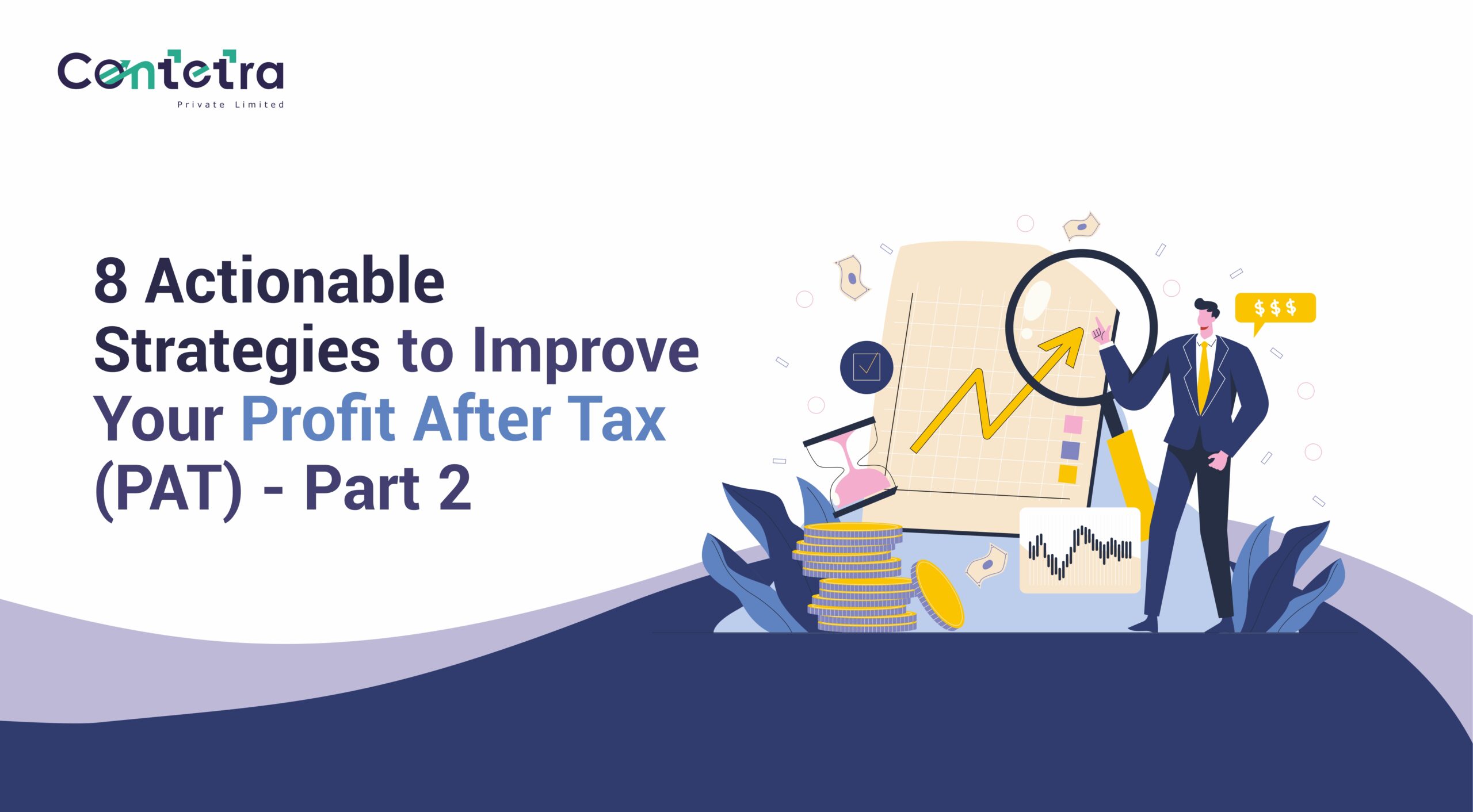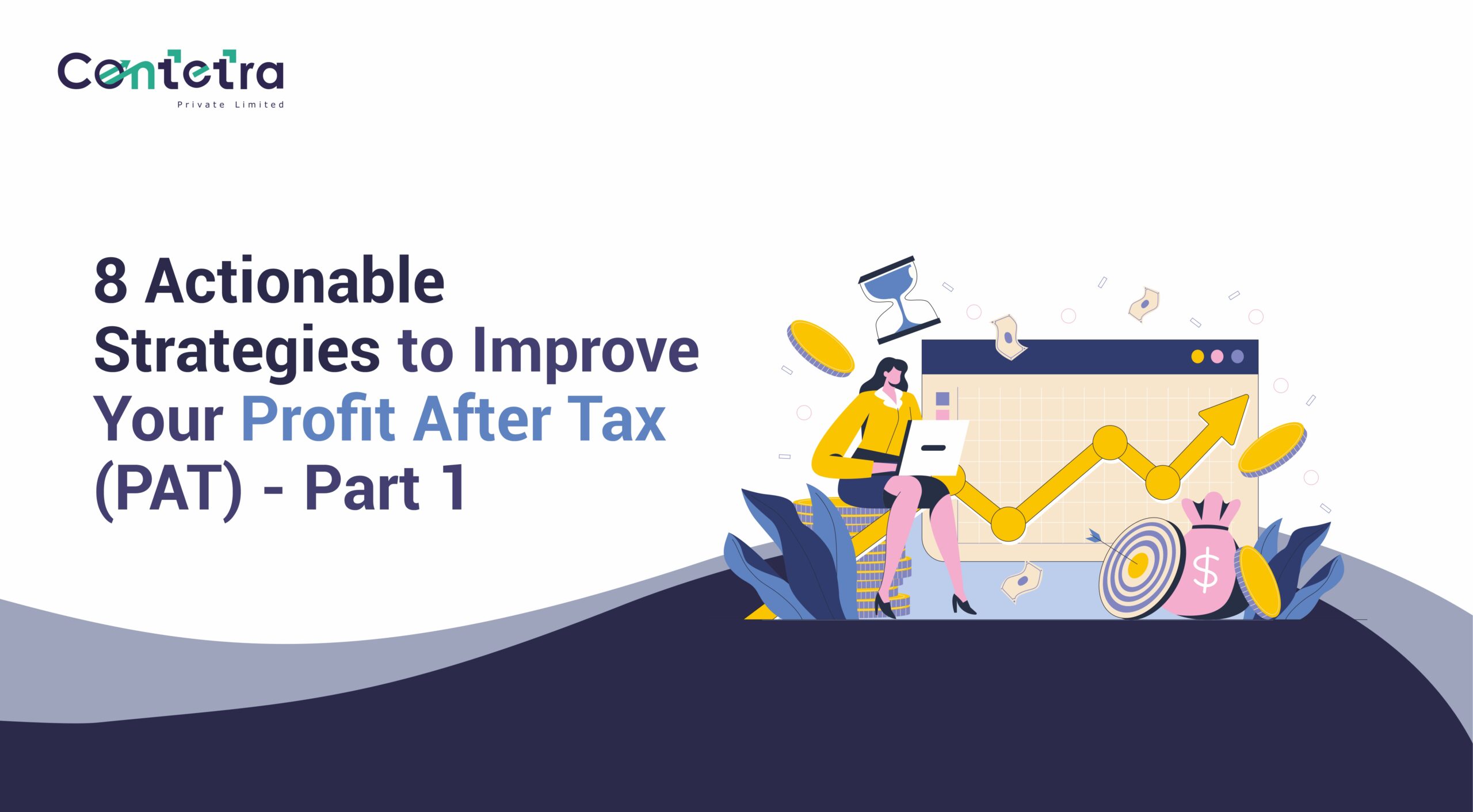Is your ERP system draining your budget more than it should? If so, you’re not alone.
For many CFOs, IT managers, and business leaders, managing ERP-related expenses is a constant challenge. ERP implementations often start with good intentions but end up over budget and under-delivering. Costs creep in from unexpected places — customizations, training, maintenance — and without a strategic approach, these projects can become financial black holes. That’s why working with an experienced ERP functional consultant from the beginning can make all the difference.
But here’s the good news: it doesn’t have to be this way.
With the right strategies in place, you can turn your ERP system into a cost-efficient powerhouse that not only supports your business operations but also delivers measurable value. If you’re ready to regain control, it’s time to unlock six proven strategies that will keep your ERP costs in check and help your business stay on track.
1. Plan and Budget with Precision
The foundation of cost-effective ERP implementation is detailed planning and budgeting. Too often, businesses jump into ERP projects with a vague estimate or high-level roadmap, only to be blindsided by unanticipated expenses later.
Start by reviewing your past ERP expenditures to understand where your money has gone. Identify recurring costs, inefficiencies, and areas that delivered the most value. From there, prioritize spending on the elements that directly support your strategic goals. For example, system upgrades that enhance core functionality often offer a better return on investment than non-essential features.
Next, forecast your future needs. Consider your company’s growth trajectory, upcoming technology trends, and internal resource capabilities. Regularly monitor and adjust your budget throughout the year to stay aligned with real-time changes.
Even a simple budget template can be a game changer. Allocate clear cost estimates to key categories like software licenses, data migration, training, and support. A little preparation now can save you a lot of money and frustration later.
2. Customize with Purpose, Not Excess
ERP customization is one of the most common budget pitfalls. While it’s tempting to tailor every function to your specific business needs, excessive customization can be both expensive and unsustainable.
Take the example of Malabar Gold and Diamonds. They were struggling with disconnected systems across their supply chain. Instead of investing in extensive customization, they implemented Microsoft Dynamics 365 using industry-specific templates. This decision helped them avoid more than $1 million in unnecessary customization costs.
The lesson here is clear: customize where it counts but avoid overengineering your solution. Focus on what adds genuine value and look for smart workarounds like reporting tools such as Power BI that enhance functionality without inflating the budget. An experienced ERP functional consultant can guide you on how to balance customisation for maximum ROI.
3. Choose the Right ERP System from the Start
Selecting the right ERP system can be the difference between long-term success and ongoing frustration. It’s not just about features; it’s about fit.
When evaluating ERP platforms, consider your current business requirements and future scalability. Look for systems that integrate easily with your existing tools and processes and pay close attention to the total cost of ownership — not just the upfront licensing fees. User experience also matters more than you might think. A user-friendly interface leads to higher adoption rates and fewer training costs.
An ERP selection consultant can provide invaluable support during this stage. By leveraging their expertise, you reduce the risk of needing costly changes or full reimplementation later.
4. Maximize ROI Through Strategic Utilization
An ERP system is not a set-it-and-forget-it solution. Its true value is unlocked through consistent utilization, proper training, and the ability to make data-driven decisions.
Ensure that your team receives the right training to use the system effectively. Encourage ongoing learning and support to foster adoption across departments. Leverage ERP data to gain insights into operations, customer behavior, and financial trends. This helps in making informed decisions that drive efficiency and profitability.
Here’s another tip: according to IFRS accounting standards, you can capitalize one-time ERP implementation costs on your balance sheet and amortize them over several years. This can significantly improve your financial management and cash flow.
5. Partner with the Right Functional Experts
Behind every successful ERP implementation is a reliable functional partner. This isn’t just someone who knows the software — it’s someone who understands your business inside and out.
A trusted ERP functional consultant helps translate your business processes into ERP configurations that work. They ensure proper system setup, test extensively before go-live, and provide training and post-launch support. They also help coordinate between technical teams, internal stakeholders, and vendors, reducing the risk of miscommunication and project delays.
In one notable case, a leading insurance broker brought in a functional partner to manage their SAP BI implementation. By clearly defining responsibilities and timelines, they were able to execute a seamless rollout with minimal disruptions.
6. Conduct Regular ERP System Audits
Once your ERP system is up and running, it’s tempting to consider the job done. But ongoing system audits are essential for identifying inefficiencies, reducing waste, and uncovering cost-saving opportunities.
Audits help ensure that your ERP is performing as expected, that processes are optimized, and that features are being fully utilized. For example, Hershey’s faced rising costs and inefficiencies after rolling out a new ERP. Regular system audits helped them detect issues early, reduce downtimes, and ultimately improve operational performance.
Periodic evaluations allow you to course-correct, reallocate resources, and continuously improve how your system supports business goals. The right ERP selection consultant can help structure these audits effectively.
Final Thoughts: ERP Doesn’t Have to Break the Bank
ERP implementations are known for being costly and complex, but with a clear strategy and expert guidance, you can manage them efficiently. By focusing on detailed planning, smart customization, thoughtful system selection, and ongoing optimization, your ERP can become a powerful driver of value — not a drain on your resources.
Whether you’re planning a new ERP rollout or trying to rein in costs from an existing system, these strategies will help you take control and build a more sustainable path forward.
Looking for hands-on guidance? At Contetra, we specialize in helping businesses master ERP costs and drive long-term success. Reach out to us today and start turning your ERP system into a strategic advantage — with the support of experienced and trusted ERP selection consultants.














